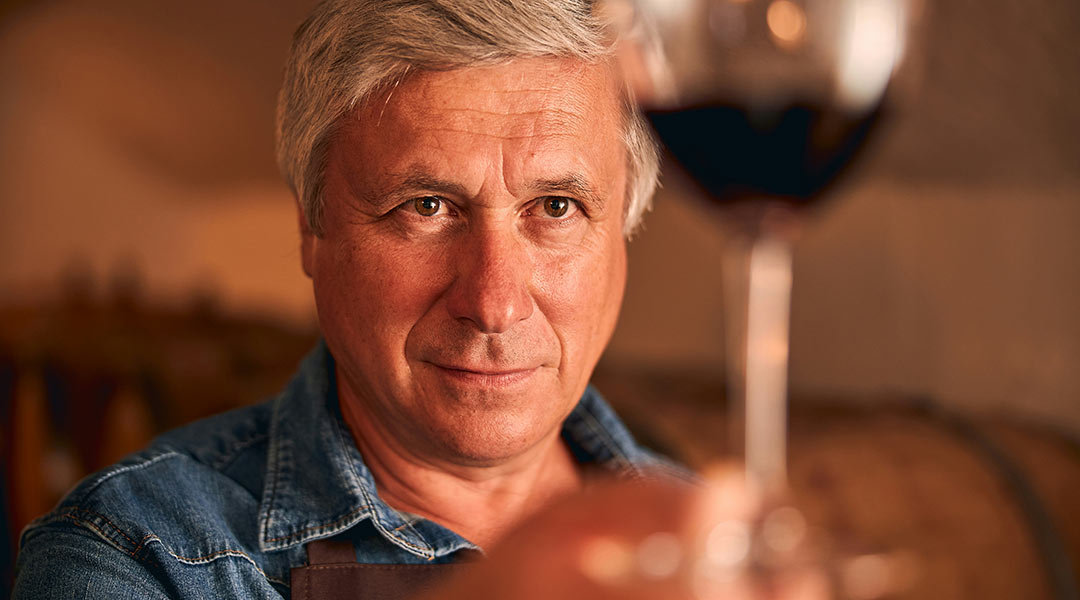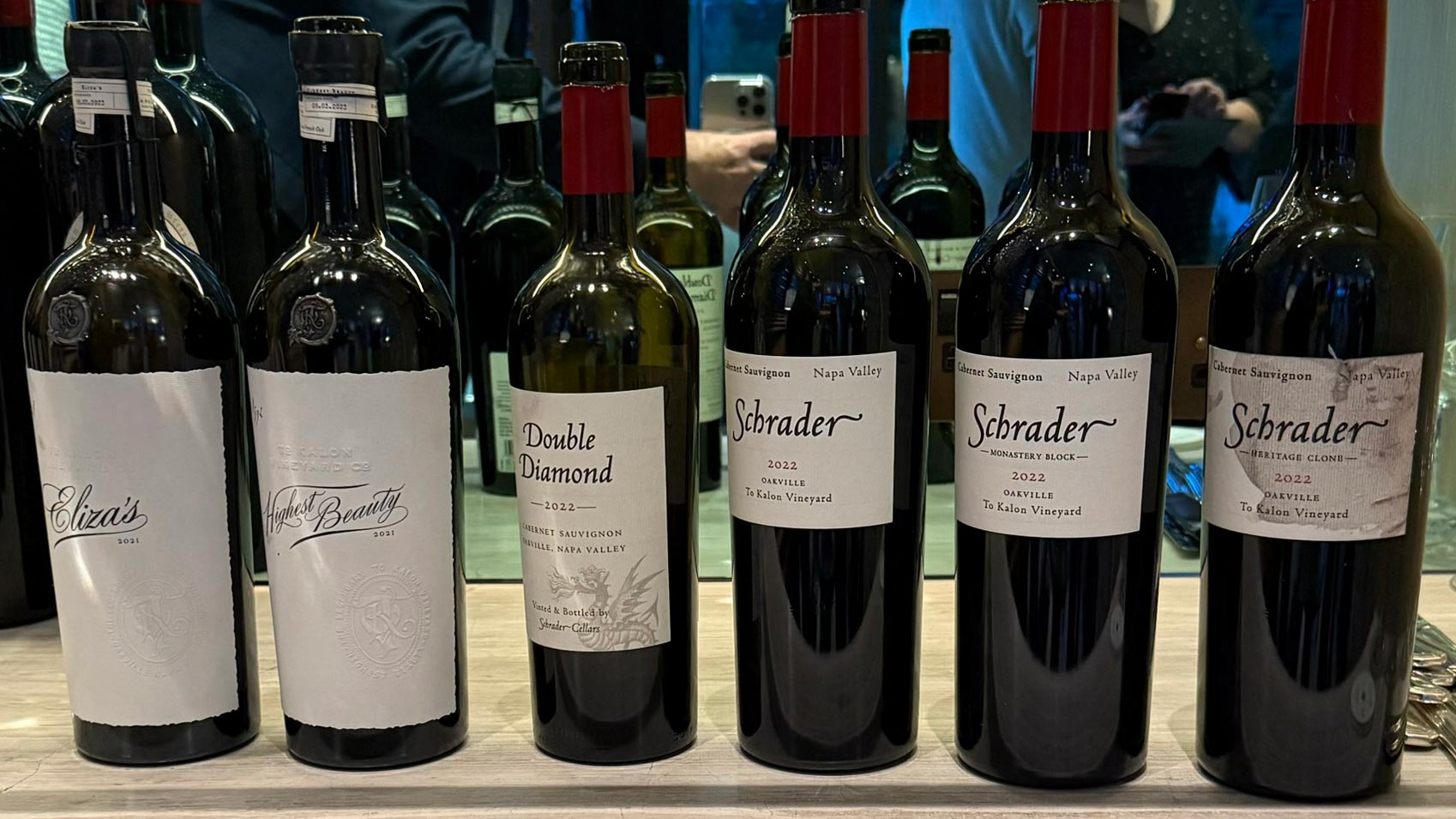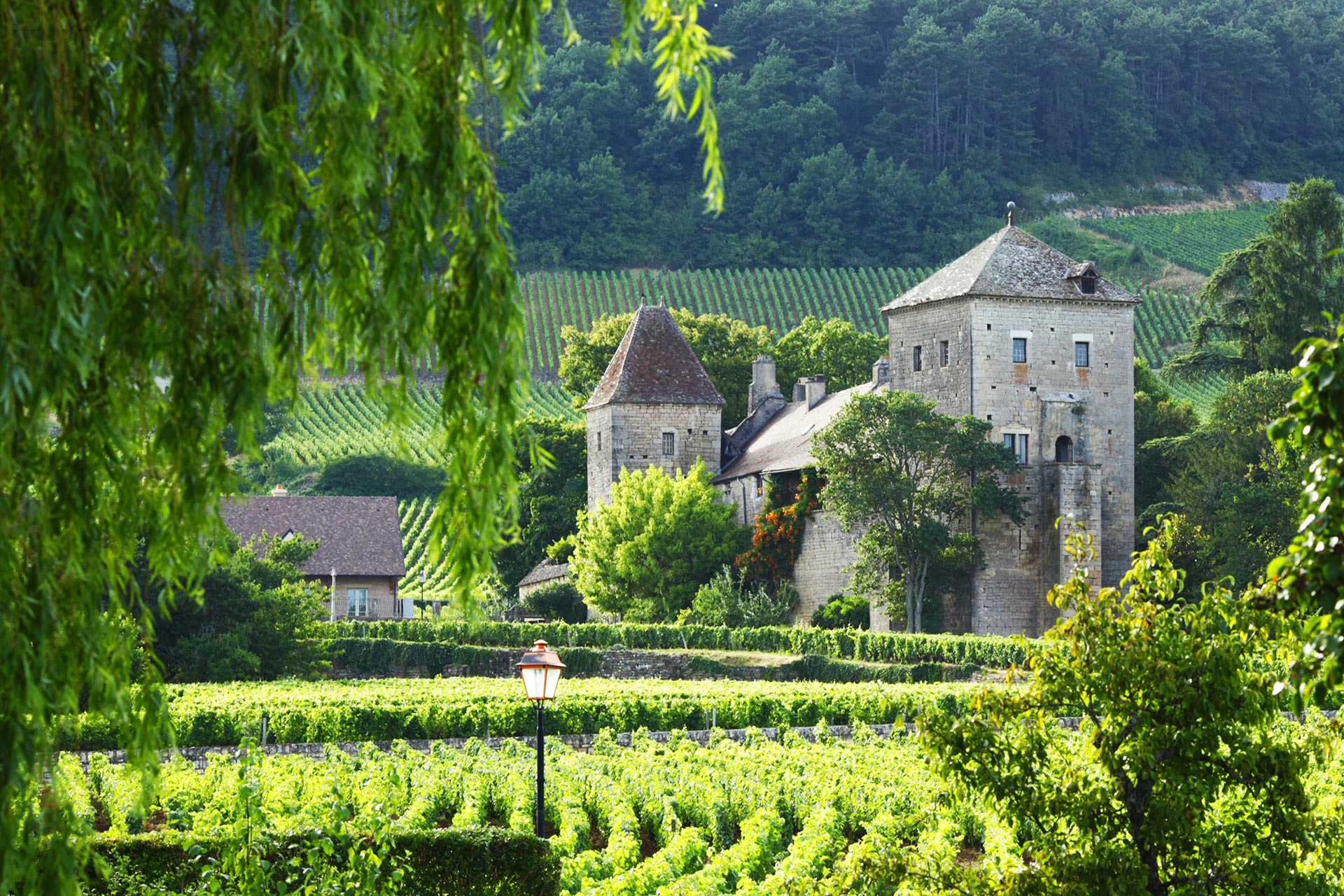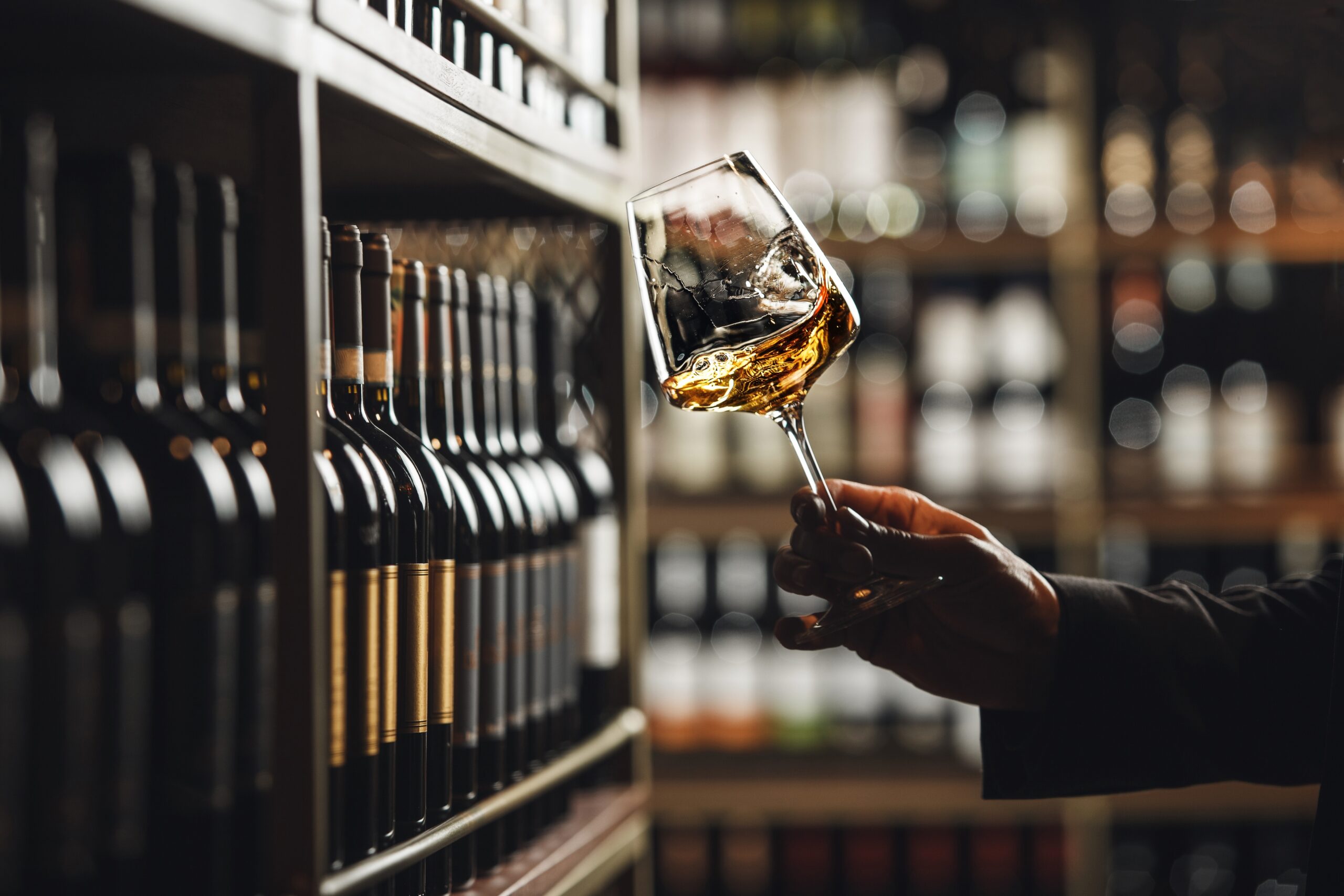Forget Netflix—if you’re after real dynasties with drama, vision, power plays and more oak than an English pub renovation, look no further than the world of fine wine. This is where family feuds meet fermentation, and brand-building is as strategic as a game of chess—only with better pairings.
The world’s finest wine doesn’t just happen. Behind every iconic bottle is a name—Antinori, Gaja, Rothschild, Mondavi, Domaine de la Romanée-Conti (DRC)—names that have come to represent not just great wine, but enduring vision. This article uncorks the real stories behind those names. These aren’t just families who grow grapes; they’re architects of taste, legacy, and sometimes, calculated chaos.
Let’s begin in Tuscany, where history is practically fermented into the soil. Marchesi Antinori has been making wine since 1385—yes, before the word “Renaissance” had even made it out of Florence. With 26 generations at the helm, they’ve not just kept the lights on, they’ve reinvented Italian wine. Piero Antinori’s release of Tignanello in 1971 broke every rule going at the time—no white grapes, aged in French oak, with Cabernet in the blend. Heresy then, genius now. It birthed the Super Tuscan revolution and forced the Italian wine authorities to rewrite the rulebook. Their motto? “Ancient roots, innovative spirit.” No argument there—they’ve gone from Chianti rebels to global players with vineyards in Napa and Washington.
Not far away in Barbaresco, Piedmont, another name was rewriting the script—this time with flair, controversy and a heavy pour of charisma. Angelo Gaja didn’t just make great Nebbiolo; he made the world take Italian wine seriously. His use of French oak, planting of Cabernet Sauvignon (the infamous “Darmagi”), and even his choice to declassify his best vineyards from DOCG status were bold and brilliantly strategic. Gaja wasn’t just selling wine—he was selling an idea: that Italian wine could stand toe-to-toe with the world’s best, not by copying Bordeaux, but by outmanoeuvring it.
Speaking of Bordeaux, you’d be hard-pressed to find a more storied rivalry than the two Rothschild châteaux of Pauillac: Lafite and Mouton. Same family name, completely different personalities.
Château Lafite Rothschild is all about elegance, understatement and long-term consistency. It’s the vinous equivalent of old money—polished, discreet, impossibly self-assured. The wine is graceful, ethereal, the kind of thing that whispers rather than shouts. Then you have Mouton Rothschild—the rockstar sibling. Flashy, artistic, dramatic. Where Lafite murmurs, Mouton monologues. From its audacious campaign to be elevated to First Growth (a battle it won in 1973) to its artist-designed labels featuring everyone from Picasso to Warhol, Mouton is a masterclass in wine as high art and high drama.
Travel east to Burgundy and you reach sacred ground: Domaine de la Romanée-Conti, or DRC if you’re whispering it reverently in collector circles. This is the holy grail of Pinot Noir. The estate’s philosophy is practically monastic. They plough by horse, pick by hand, and make very little wine. So little, in fact, that you’ll likely never get a bottle unless you’re a billionaire, a Bond villain, or own half of Mayfair. But the point is not to drink DRC—it’s to dream about it. Their mystique is their marketing, and scarcity is their strategy.
Contrast this with the all-American tale of Robert Mondavi. This is wine’s version of Silicon Valley hustle. Robert took a modest family operation, broke away from it (literally—in a fistfight with his brother), and built an empire from scratch. He turned Sauvignon Blanc into “Fumé Blanc,” championed varietal labelling, and co-founded Opus One with Baron Philippe de Rothschild—merging Old World gravitas with New World bravado. But like all great epics, the Mondavi story ended in boardroom drama. The company went public, the family lost control, and eventually it was sold to Constellation Brands. Still, the name endures, and the lessons—about ambition, legacy, and when not to invite lawyers to dinner—are evergreen.
So what binds these wine dynasties together? Vision, above all. Whether it’s the quiet power of terroir or the brash bang of branding, each family found a way to turn fermented grape juice into cultural currency. Antinori and Gaja married Old World soul with New World strategy. Lafite and Mouton split their philosophical grapes but bottled equal prestige. DRC reminds us that the greatest luxury isn’t what you can buy—it’s what you can’t. And Mondavi showed that in wine, as in life, daring to disrupt can take you further than playing safe.
The next time you swirl a glass of Tignanello or glance longingly at a Romanée-Conti you can’t afford, remember: you’re not just tasting a wine. You’re sipping on centuries of family strategy, stubbornness, flair and, occasionally, just pure bloody-minded genius.
Now that’s something to toast.



